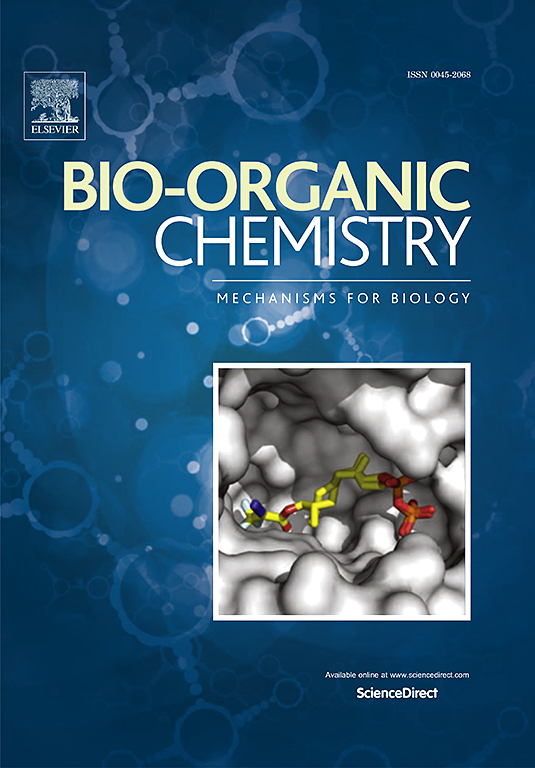Recent advances in transition metal-mediated/ catalyzed radiofluorination of arenes and heteroarenes for positron emission tomography
IF 4.5
2区 医学
Q1 BIOCHEMISTRY & MOLECULAR BIOLOGY
引用次数: 0
Abstract
Positron emission tomography (PET) imaging endows the possibility of precise diagnosis and effective treatment of diseases. Aromatic (hetero)cycle is one of the most fundamental groups in pharmaceuticals as well as in the development of PET tracers. In particular, incorporation of 18F to aromatic (hetero)cycles has accelerated the progress of nuclear medicine tracers. Current trend indicates a rapid progress in 18F-labeling of aromatic (hetero)cycles for PET imaging. Transition metal-catalyzed 18F-labeling method speeds up the reaction by lowering the activation energy of the substrate by the metal complex. The reaction conditions are mild, and a wide range of substrates can be used. In this article we systematically reviewed the methods of radioactive 18F-labeling of aromatic (hetero)cycles with different precursors mediated by transition metals‑copper, ruthenium, nickel, palladium, silver, and titanium. The precursors, radiolabeling conditions, catalytic efficiency, catalytic mechanism, optimization of transition metal-catalyzed 18F-labeling methods, and corresponding frontier applications of 18F-labeled molecular probes were discussed.

求助全文
约1分钟内获得全文
求助全文
来源期刊

Bioorganic Chemistry
生物-生化与分子生物学
CiteScore
9.70
自引率
3.90%
发文量
679
审稿时长
31 days
期刊介绍:
Bioorganic Chemistry publishes research that addresses biological questions at the molecular level, using organic chemistry and principles of physical organic chemistry. The scope of the journal covers a range of topics at the organic chemistry-biology interface, including: enzyme catalysis, biotransformation and enzyme inhibition; nucleic acids chemistry; medicinal chemistry; natural product chemistry, natural product synthesis and natural product biosynthesis; antimicrobial agents; lipid and peptide chemistry; biophysical chemistry; biological probes; bio-orthogonal chemistry and biomimetic chemistry.
For manuscripts dealing with synthetic bioactive compounds, the Journal requires that the molecular target of the compounds described must be known, and must be demonstrated experimentally in the manuscript. For studies involving natural products, if the molecular target is unknown, some data beyond simple cell-based toxicity studies to provide insight into the mechanism of action is required. Studies supported by molecular docking are welcome, but must be supported by experimental data. The Journal does not consider manuscripts that are purely theoretical or computational in nature.
The Journal publishes regular articles, short communications and reviews. Reviews are normally invited by Editors or Editorial Board members. Authors of unsolicited reviews should first contact an Editor or Editorial Board member to determine whether the proposed article is within the scope of the Journal.
 求助内容:
求助内容: 应助结果提醒方式:
应助结果提醒方式:


